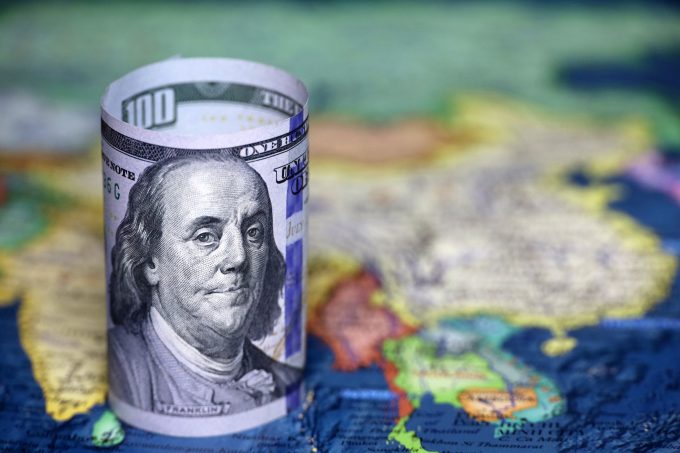Opposition builds for final hearing on US plan to tax Chinese box ship calls
US importers and shippers await the outcome of the final hearing on the new administration’s ...

Indian importers relying on Asia-made goods, particularly out of China, are facing another round of container freight rate shocks, reflecting how volatile market conditions are.
Spot rates on intra-Asia-India trades have more than doubled over the last month or so, according to market data.
For example, ocean carriers are selling space out of Shanghai for bookings to Nhava Sheva at $1,600 per teu and $1,900 per feu, up from $800 and $900 a month ago.
Rates from other Asian ports to India have ...
'It’s healthy competition' Maersk tells forwarders bidding for same business
Semiconductors could compensate for air freight's lost ecommerce traffic
Transpacific sees first major MSC blanks as rates fall and volumes falter
'Weakened' Maersk paying a heavy price for its lack of fleet growth
US shippers slam USTR port fee plan – 'an apocalypse for trade'
Opposition builds for final hearing on US plan to tax Chinese box ship calls
Despite sourcing shifts, 'don't write-off China', says CMA CGM CCO

Comment on this article